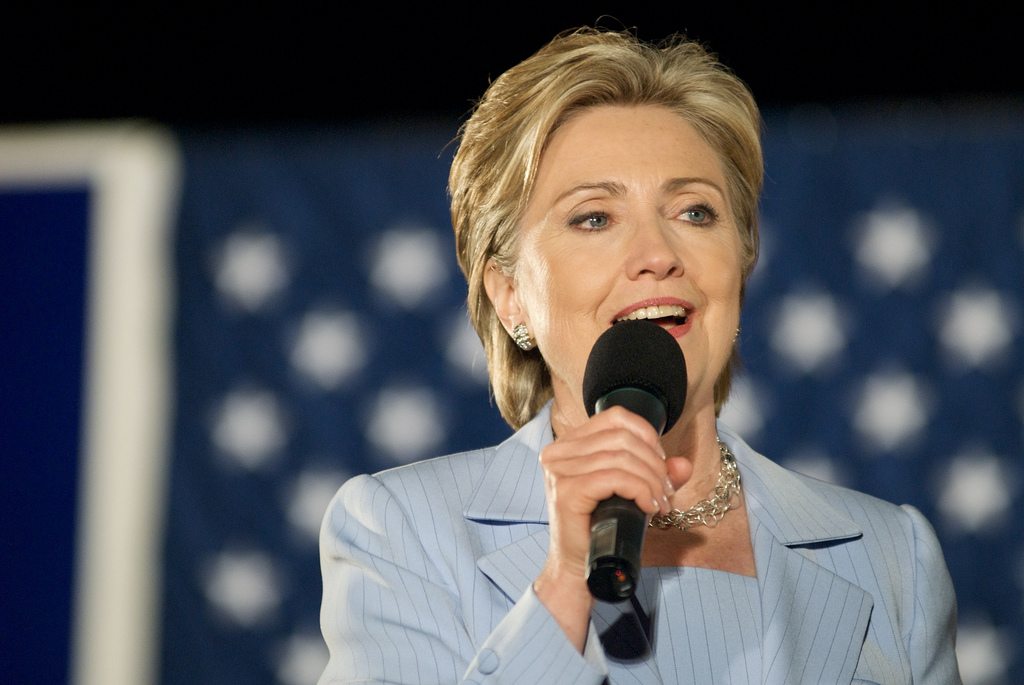Back in March, Hillary Clinton said this during a speech at 2018’s “India Today Conclave” in Mumbai.
If you look at the map of the United States, there is all that red in the middle, places where Trump won,” she said. “What that map doesn’t show you is that I won the places that own two thirds of America’s Gross Domestic product. I won the places that are optimistic, diverse, dynamic, moving forward. And his whole campaign, Make America Great Again, was looking backwards. You don’t like black people getting rights, you don’t like women getting jobs, you don’t want to see that Indian American succeeding more than you are, whatever that problem is, I am going to solve it.
Of course, right wingers like the hosts of Fox and Friends went ballistic.
Hillary Clinton trashes America’s heartland, implying Trump’s supporters are “backwards” pic.twitter.com/E2yvsa8lRV
— FOX & friends (@foxandfriends) March 13, 2018
But they weren’t the only ones. Both mainstream reporters and liberal pundits took her to task with suggestions that she was engaging in “economic elitism.”
But we might ask the question: “Did she get her facts right?” Today, John Harwood wrote about data from Brookings’ Metropolitan Policy Program.
Republicans represent the smaller, fading segment, with less-educated, more-homogenous work forces reliant on traditional manufacturing, agriculture and resource extraction. Democrats represent the larger, growing one, fueled by finance, professional services and digital innovation in diverse urban areas.
The 2016 presidential race had signaled as much. Donald Trump carried 2,584 counties across the country, but calculations by scholars at the Brookings Institution showed that the 472 counties Hillary Clinton carried accounted for nearly two-thirds of U.S. economic output.
Now, new Brookings calculations show the same from 2018 House elections. With a few races still undecided, districts won by Democrats account for 61 percent of America’s gross domestic product, districts won by Republicans 38 percent.
That economic separation underpins cultural divisions that usually command more attention. Says Brookings researcher Mark Muro: “The Democratic Party and Republican Party, at this point, really do occupy different economic worlds and represent different economic worlds.”
That information is now being heralded as significant data for understanding the current divide in our politics. So Hillary was definitely on to something with her remarks last March.
It will be important going forward to begin to unpack the complex factors that are involved in this economic divide. And believe me—there will be many threads and feedback loops to explore. Anyone who tells you that they know the one theory that explains it all is merely arguing for something they believed long before this data came along.
But before going there, we should take a moment to explore why Hillary Clinton was so roundly and universally denounced for saying something that is demonstrably true. No matter its origin, there is an almost knee-jerk negative reaction to anything she says—even when she’s not a candidate running for office. It is beyond time for everyone to get over that. Hillary Clinton is wicked smart and she’s a policy wonk. You can bet that pretty much anything she says can be backed up with reams of data.



